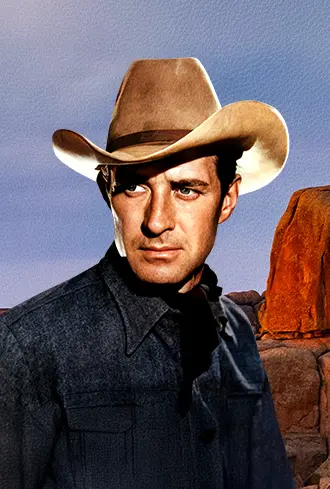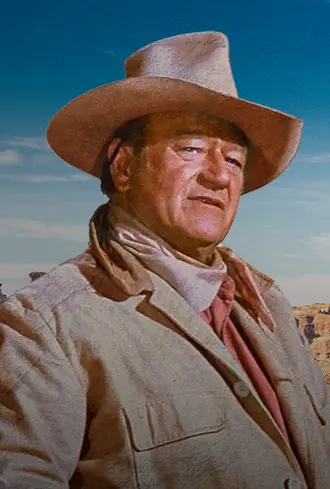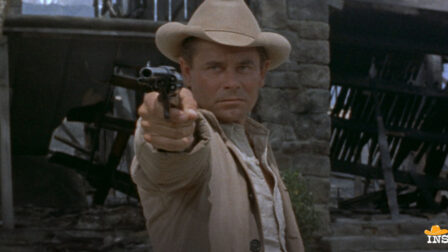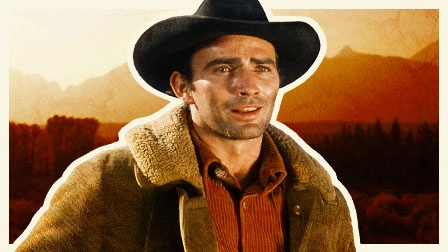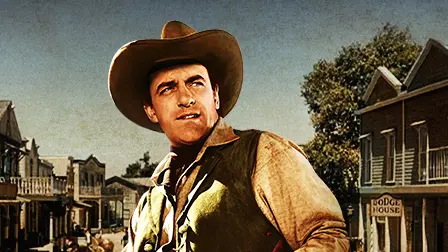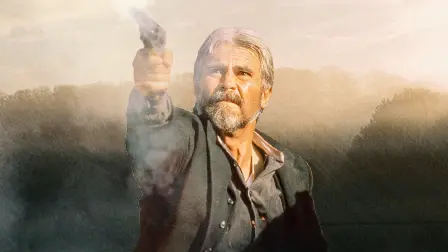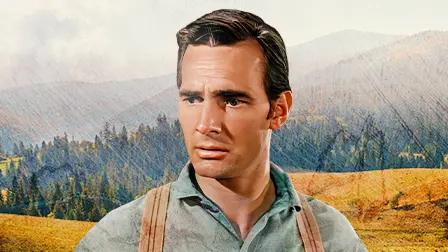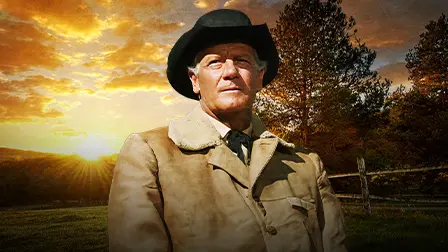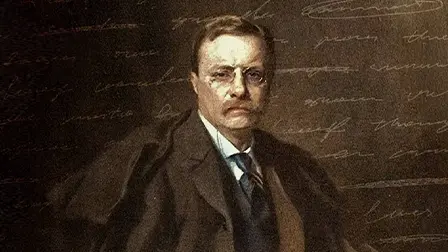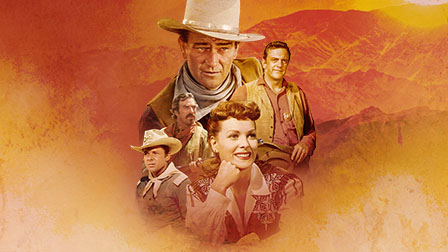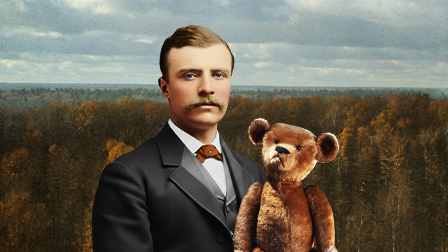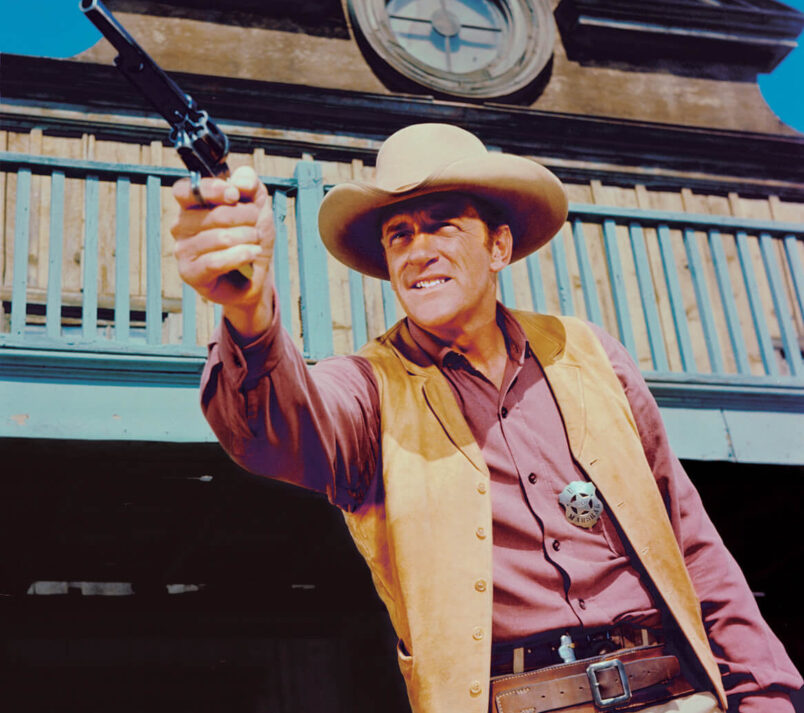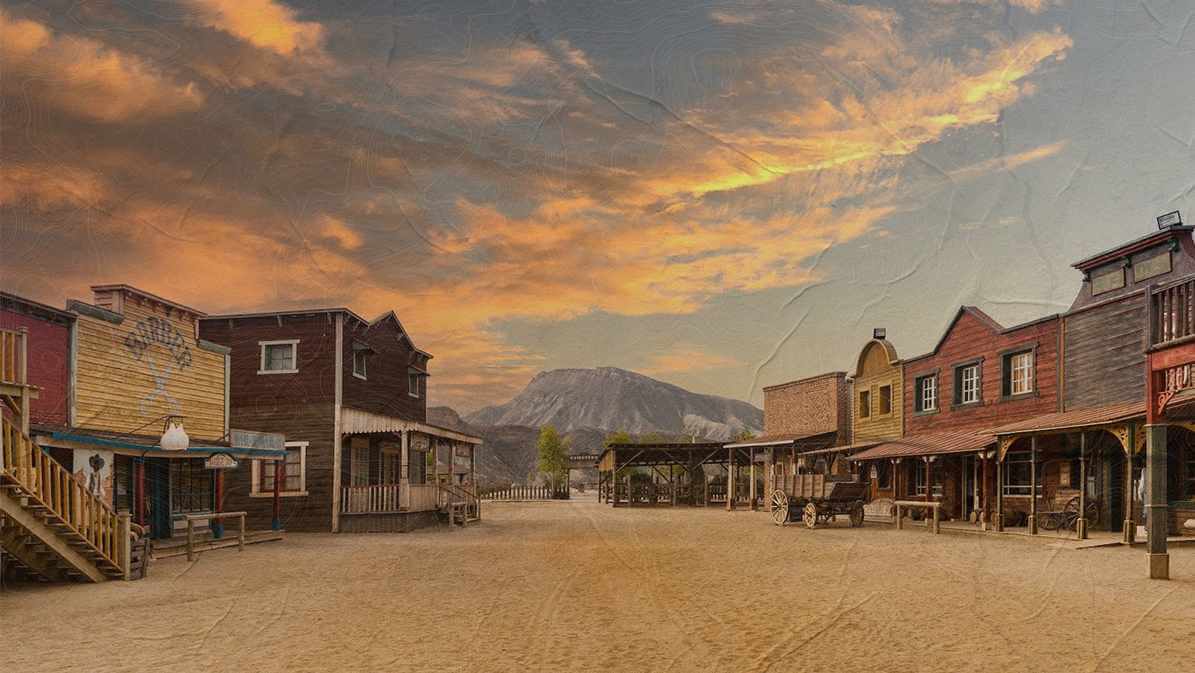By Jay Coffin
Key Takeaways:
- Griffith’s hometown in North Carolina inspired the fictional Mayberry
- He first gained national attention because of a monologue on football
- The Andy Griffith Show ran for eight full seasons
Andy Samuel Griffith, an iconic figure in American television, was born June 1, 1926, in Mount Airy, North Carolina, a small, rural town which would later serve as the inspiration for the fictional Mayberry, a place that would become the setting in The Andy Griffith Show, one of the most beloved television shows of all time.
The Early Years
Griffith’s early life was humble. His father, Carl Lee Griffith, was a carpenter, and his mother, Geneva Nunn Griffith, stayed at home to raise him. Growing up during the Great Depression, Andy experienced the struggles of poverty, but it was during these years that he developed his love for storytelling and music. He learned to play the trombone and soon became interested in acting and performing, while being influenced by Southern gospel and bluegrass music.
After high school, Griffith attended the University of North Carolina at Chapel Hill, where he originally planned to become a preacher. However, during his time there, Griffith became deeply involved in the drama department and shifted his focus toward acting and performance, graduating in 1949 with a degree in music. After college, Griffith taught high school music and drama for a few years but eventually found his way into show business.
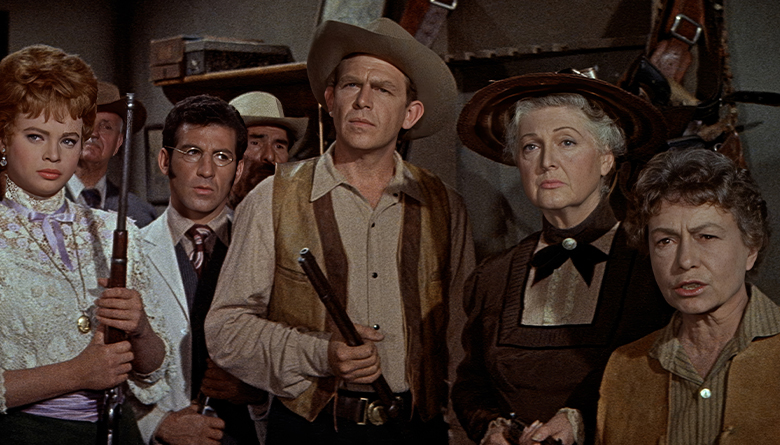
A Rising Star
Griffith first gained national recognition in 1953 with a monologue, What it Was, Was Football, a comedy routine about a rural man’s first experience watching a football game. The recording became a hit and showed Griffith’s folksy humor.
In 1955, Griffith made his Broadway debut in the play No Time for Sergeants, a comedy about a country bumpkin drafted into the military. His performance earned him a Tony Award nomination. That success would later lead to a film adaptation in 1958, cementing his reputation as a comedic actor. During this period, Griffith also appeared in his first major dramatic role, playing the character of Lonesome Rhodes in A Face in the Crowd (1957). He even entered the Western genre, playing Debbie Reynold’s potential love interest in the 1961 film The Second Time Around.
A Household Name
It was television that would make Griffith a major star. In 1960, The Andy Griffith Show premiered on CBS, with Griffith in the role of Sheriff Andy Taylor. Set in the fictional town of Mayberry, the show centered around interactions with quirky townspeople, particularly his lovable deputy, Barney Fife, played by Don Knotts. The show’s wholesome humor immediately resonated with audiences. Mayberry became a symbol of small-town American life, and Andy Taylor, with his common sense and kindness, became a father figure to viewers.
The Andy Griffith Show ran for eight seasons, from 1960 to 1968, and became one of the most beloved sitcoms in television history, often praised for its timeless humor, moral lessons, and sense of community. Even after the show ended, it continued to air in syndication, maintaining a loyal following.
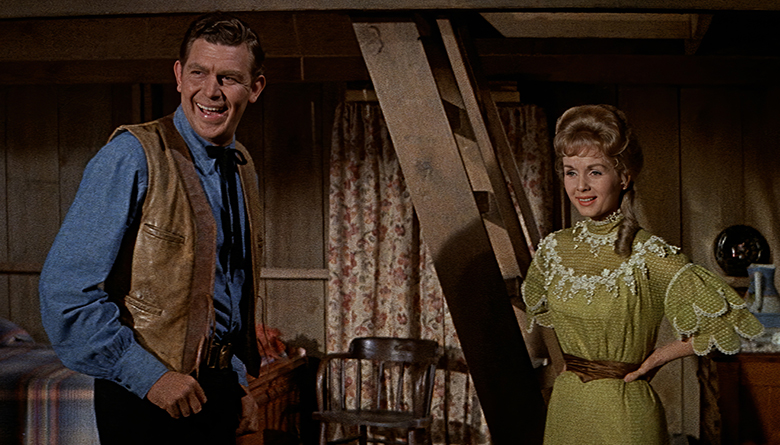 Life After The Show
Life After The Show
After The Andy Griffith Show ended, Griffith tried to break away from the image of Sheriff Taylor and pursued various roles in both television and film. He starred in a few short-lived TV shows and appeared in movies like Angel in My Pocket (1969) and Hearts of the West (1975). While he never fully escaped the shadow of Mayberry, Griffith remained a respected figure in Hollywood.
In the 1980s, Griffith found renewed success with his role in the television legal drama Matlock, which aired from 1986 to 1995, and previously aired on INSP. As Ben Matlock, a folksy but brilliant defense attorney, Griffith once again charmed audiences with his charm and wit. The show was another hit and introduced him to a new generation of viewers.
Miscellaneous
Throughout his career, Griffith earned numerous awards and accolades, including a Grammy Award for his album of gospel music. In 2005, he was awarded the Presidential Medal of Freedom, in recognition of his contributions to American culture.
Off-screen, Griffith was known for his kindness and humility. He was married three times and had two children, although his personal life was often kept private. He was deeply religious and always maintained a deep love for his home state of North Carolina. His connection to Mount Airy never faded.
Griffith died on July 3, 2012, at age 86 at his home in Manteo, North Carolina. His death marked the end of an era for many who had grown up watching him on television. His legacy, however, will always continue to live on through his impressive body of work.
Suggest a Correction
We strive for accuracy and fairness. But if you see something that doesn’t look right, click here to contact us!

